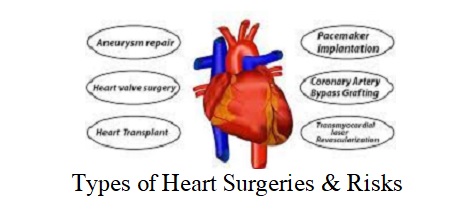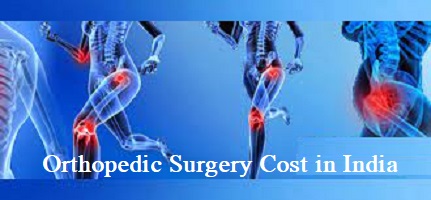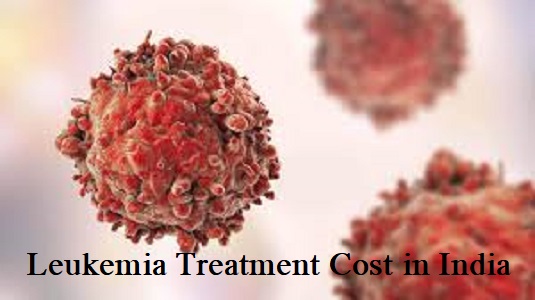Aplastic Anaemia- Causes, Symptoms, Diagnosis, Treatment, Cost and Success Rate
Aplastic anemia is a rare and serious blood disorder in which the bone marrow does not generate enough new blood cells. This may happen because the bone marrow’s stem cells have been damaged, result in a lack of red blood cells, white blood cells and platelets. You will get complete details about aplastic anaemia treatment cost, causes etc. below.
This disorder results in tiredness, a higher susceptibility to infections and sudden bleeding. Symptoms may be progressive or abrupt, with a different degree of severity and tends to worsen over time without treatment.
It is relatively rare, affecting an estimated 2 to 4 individuals per million annually. Treatments such as medications, blood transfusions and transplantation of stem cells in some cases are necessary for the management of aplastic anemia.
Root Causes of Aplastic Anemia
Aplastic anemia develops when stem cells in the bone marrow are destroyed. The following factors may damage stem cells:
- Infections: Certain diseases, such as hepatitis, HIV, and the Epstein-Barr virus, have the potential damage the stem cells in the bone marrow.
- Medications and Toxins: Specific drugs, such as antibiotics, as well as exposure to hazardous substances such as heavy metals, may destroy bone marrow cells.
- Cancer Treatments: While attempting to cure cancer, treatments such as radiation and chemotherapy may unintentionally harm healthy cells in the bone marrow.
- Immune System Dysfunctions: Aplastic anemia occurs when the immune system unintentionally attacks the body’s cells, particularly those found in the bone marrow.
- Pregnancy: In some situations, the activity of the immune system during pregnancy can cause unexpected harm to the bone marrow.
- Rare disorders: Aplastic anemia has been connected to other rare disorders such as paroxysmal nocturnal hemoglobinuria, Fanconi’s anemia, and Shwachman-Diamond syndrome.
Risk factors associated with Aplastic Anemia
Aplastic anemia does not have a defined age range, but it is more common in teenagers, young adults, and people over 65. Some risks associated with aplastic anemia are:
- Reduced white blood cell count raises exposure to infections.
- Fatigue and weakness can be caused because of low red blood cell counts.
- Because there are fewer platelets, bruising, and nosebleeds are more common.
- Dizziness and yellowing of the skin are symptoms of a lack of red blood cells.
- Severe cases might result in life-threatening infections or bleeding.
- Aplastic anemia might lead to additional health problems.
- Even after effective treatment, recurrence of aplastic anemia is possible.
- Arrhythmiaor heart failure.
- Myelodysplastic syndrome.
Symptoms of Aplastic Anemia
Aplastic anemia can cause a variety of symptoms, including:
- Being easily tired
- Pale skin
- Having constant infections
- Easily bruised
- Experiencing nosebleeds and bleeding gums
- Feeling dizzy or experiencing headaches
- Shortness of breath
- Upset stomach
- A swollen liver
- Skin rash
- Fever
- Blood in stool
Diagnosis of Aplastic Anemia
Aplastic anemia can be diagnosed using several tests:
- Complete Blood Count (CBC): This test examines the amounts of multiple blood cells. Low levels of red blood cells, white blood cells, or platelets can identify aplastic anemia.
- Blood Smear Test: This examination examines the shape and size of blood cells under a microscope. It helps in the detection of any abnormalities.
- Reticulocyte Count: This test analyzes the number of young red blood cells. A low count indicates that the bone marrow isn’t producing enough red blood cells, which is usual in patients with aplastic anemia.
- Erythropoietin (EPO) Level: EPO is a hormone that directs bone marrow to produce red blood cells. Low levels may indicate aplastic anemia.
- Vitamin B12 and Folate Levels: These vitamins are required for the development of healthy red blood cells.
- Bone Marrow Biopsy and Aspiration: These tests measure the health and cell production of the bone marrow. All three blood cell types may be deficient in aplastic anemia.
- Chromosomal Abnormalities: These tests check for distinct variations in DNA that may be related to aplastic anemia.
Aplastic Anaemia Treatment Options
Your doctor will examine several factors when treating aplastic anaemia, including your age, overall health, and the root cause of the problem. The idea is to design a plan to your specific requirements. Some common treatment options are:
- Blood Transfusions: It restores blood cells, regulates bleeding, and reduces tiredness.
- Medications: Stimulate bone marrow cell production and reduce immune system response.
- Hormone Therapy: Encourages blood cell production in bone marrow.
- Stem Cell Transplant: Replaces damaged bone marrow with healthy donor stem cells (not for everyone).
- Immunosuppressants: Modify immune system activity to protect bone marrow.
- Bone Marrow Stimulants: Medications that induce bone marrow to create more blood cells.
- Preventive Measures: Good hygiene, eating well-cooked foods, and avoiding certain environments to prevent infections.
- Antibiotics and Antivirals: Prescribed to protect against infections caused by a weakened immune system.
Side effects of Aplastic Anemia Treatment
The treatment of aplastic anemia can have side effects and complications. Some of the side effects are:
- Infection Risk
- Bleeding Issues
- Graft-Versus-Host Disease (GVHD) in cases of Stem cell transplant.
- Organ Damage
- Nausea and Vomiting
- Hair Loss
- Fatigue
- Skin Problems
- Mouth and Digestive Issues
- Fertility Issues
Living with Aplastic Anemia
Are you living with aplastic anemia demands continuous interaction with your healthcare professional and commitment to your treatment plan?
- Keep your healthcare physician informed of any symptoms you are experiencing.
- Infection Prevention: Because you are more susceptible to infections:
-Keep a safe distance from sick persons.
-Stay away from large crowds.
-Wash your hands on a regular basis.
-Consume only properly cooked foods.
-Brush your teeth on a regular basis.
-Get your annual flu vaccination.
Survival Rates for Aplastic Anemia
Aplastic anemia is a dangerous disease; however, advancements in medicine have improved survival rates over time. If left untreated, it can be fatal, with over 70% of people dying within a year. Aplastic anemia treatment survival rates vary by age: around 80% of those under the age of 20 are expected to live for five years after diagnosis. Children survive much better, with more than 90% surviving this period. Adults aged 40-59 have a five-year survival rate of over 70.7%, however, those aged 60 and older have greater challenges, with a rate of around 38.1%.
Contact Form
Attach Medical Report
Top Doctors & Surgeons in India
Why Choose Us

Personalized Care
24x7 Supports
Top NABH and JCI accredited Hospitals
Free Cost Estimation & Medical Opinion from Specialist
Get Free Tele/Video Consultation
Visa and Traveling Assistance
Post-surgery with Assistance in Follow-ups














